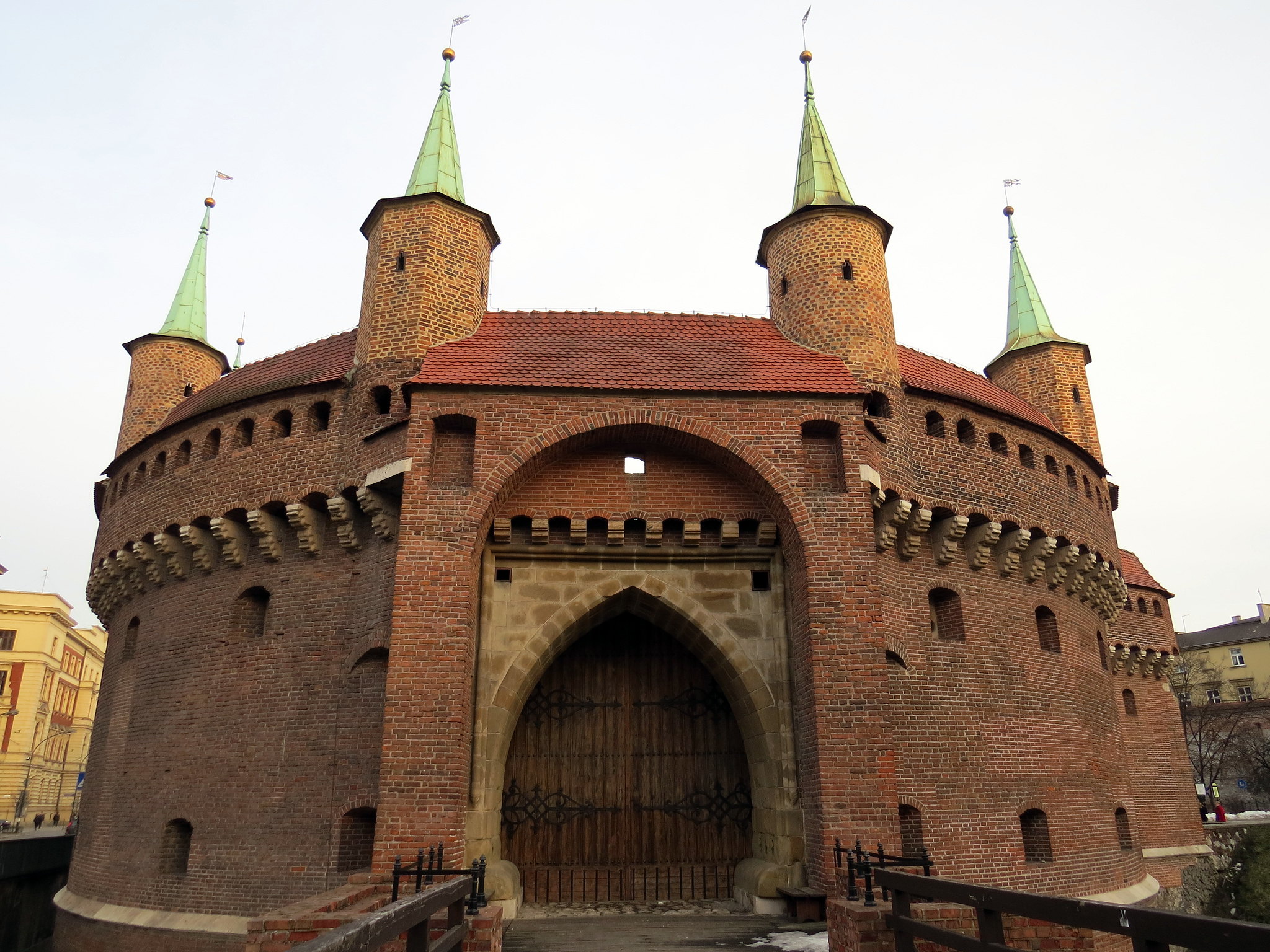The Krakow Barbican, a formidable fortress that has stood guard over the city for centuries, holds more secrets than meets the eye. While its imposing exterior and rich history are well-known to visitors, few are aware of the intricate network of hidden passages and secret tunnels that lie beneath its sturdy walls.
These subterranean pathways, long shrouded in mystery, have recently become the subject of intense interest among historians and urban explorers alike. As you approach the Barbican, it’s hard to imagine that beneath your feet lies a complex labyrinth of corridors and chambers, each with its own story to tell.
One of the most intriguing aspects of these hidden passages is their original purpose. According to local legends, they were used by medieval defenders to move troops and supplies undetected during times of siege. Some even claim that the tunnels extend far beyond the Barbican, connecting to other strategic points throughout the city. While these tales may seem far-fetched, recent archaeological discoveries have lent credence to at least some of these claims.
In 2018, a team of researchers using ground-penetrating radar uncovered evidence of previously unknown tunnels extending from the Barbican’s foundations. This discovery sent shockwaves through the academic community and reignited interest in the fortress’s subterranean secrets. Since then, efforts to map and explore these passages have been ongoing, with each new finding adding another piece to the puzzle.
As you might expect, accessing these hidden tunnels is no easy feat. Many of the entrances have been sealed off for centuries, while others have collapsed or been filled in over time. However, a select few passages remain accessible to those who know where to look. Local guides, armed with flashlights and a wealth of historical knowledge, now offer exclusive tours of some of these underground marvels.
One such tour takes visitors through a narrow corridor that runs beneath the Barbican’s eastern wall. As you duck your head and squeeze through the tight passage, it’s easy to imagine the medieval soldiers who once used these very same tunnels. The air is thick with the scent of damp stone, and the only sound is the echo of footsteps bouncing off the ancient walls.
But it’s not just the tunnels themselves that captivate visitors. Along the way, explorers have uncovered a treasure trove of historical artifacts. From rusted weapons and armor to centuries-old coins and pottery shards, each discovery provides a tangible link to Krakow’s rich past. These findings have proven invaluable to historians, offering new insights into life in medieval Poland.
Of course, with any discussion of secret tunnels and hidden passages, there’s bound to be speculation about their more clandestine uses. Some locals swear that the tunnels were used for everything from smuggling contraband to hiding fugitives. While these claims are difficult to verify, they add an extra layer of intrigue to an already fascinating subject.
As research into the Barbican’s underground network continues, it’s likely that more secrets will come to light. For now, though, these hidden passages and secret tunnels remain one of Krakow’s best-kept secrets. They serve as a reminder that even the most well-known landmarks can still hold surprises, waiting to be uncovered by those curious enough to look beneath the surface.
So, the next time you find yourself standing before the imposing walls of the Krakow Barbican, take a moment to consider what might lie hidden beneath your feet. Who knows? You might just be standing atop the entrance to a centuries-old secret passage, waiting to be rediscovered.
The Krakow Barbican stands as a remarkable testament to medieval military architecture and the city’s rich history. This Gothic-style fortification, built in the late 15th century, served as a crucial defensive structure guarding the northern entrance to Krakow’s Old Town. Today, the well-preserved barbican serves as a popular tourist attraction and cultural landmark, offering visitors a glimpse into Poland’s medieval past. Its distinctive circular design, thick walls, and intricate details showcase the engineering prowess of the time. As one of the few remaining barbicans in Europe, the Krakow Barbican continues to play a significant role in preserving the city’s architectural heritage and serves as a symbol of Krakow’s enduring legacy.

